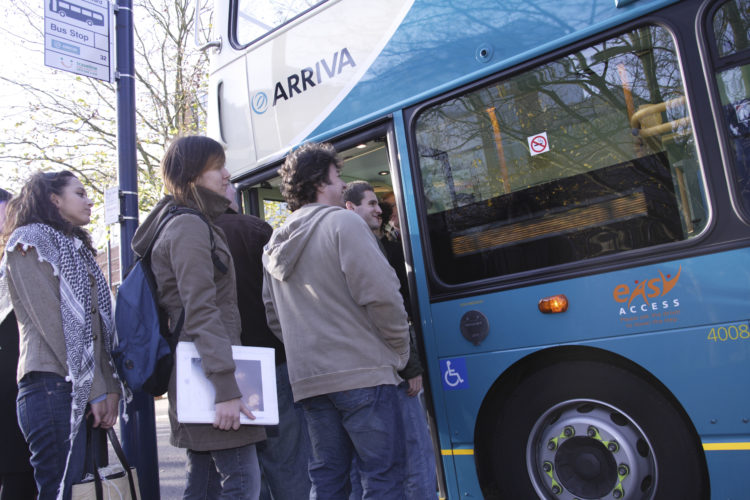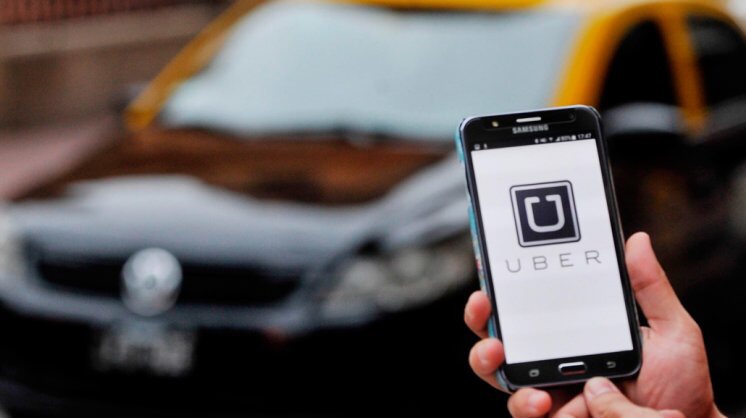Despite its regulatory and public image problems, Uber has successfully changed the taxi trade and one Liverpool social media entrepreneur believes that could be just the start. Tony McDonough reports

With its licence to operate in London under threat taxi technology firm Uber is facing both regulatory and public image issues.
Uber is appealing a decision by the Transport for London to not renew its licence amid concerns over public safety.
The firm, which has 5m UK customers served by 50,000 drivers, has also faced criticism over the employment rights of drivers and is accused of threatening the livelihoods of traditional Hackney cab drivers by driving down prices.
However. according to the boss of a Liverpool-based web and app development firm, Uber’s innovations elsewhere could soon be posing a challenge to public transport operators as well.
Phil Blything, managing director at Glow New Media, says Uber has struck a deal with residential developer Moda Living to give tenants at its new Manchester scheme monthly credits for minicabs in exchange for what would have been their parking spaces.
The deal means Moda can use what would have been car parking space to install a home cinema, gym, meeting space and swimming pools.
Moda is also soon to build a residential tower on Liverpool’s waterfront so a similar deal could also be struck here.
Mr Blything says if the idea takes off then it could revolutionise how people get around cities, presenting challenges for traditional public transport providers.

“With space at a premium and ever-increasing pollution, it makes sense that cities around the world are encouraging residents to seek alternative means to get around,” he said.
“Improving mobility and reducing traffic congestion are some of the biggest challenges facing urban communities today. But if Uber starts to win the battle on cost and convenience, the future of public transport starts to look perilous, with potentially disastrous consequences for public wellbeing and health.”
According to Government statistics, there were 5m passenger journeys on local bus services in 2016 –just 7% of the total journeys made and 60% fewer than in 1950.
Around 2% of the total journeys we made in 2016 were by rail. Cars – either privately owned or taxis – are still the nation’s favourite way to get around, accounting for 64% of all journeys.

Mr Blything added: “What Uber got right is its approach to the market. It identified the problems that put people off taking mini cabs – their unreliability, variable charging, the need for the passenger to carry cash – and developed a real solution. An app that does it all for you.
“To get more people onto our public transport networks we need to consider what the perceived problems are, and what the solutions might be.
“What makes our networks off-putting? How can we improve cost, flexibility and ticketing? How can we better integrate with other transport networks and providers in our cities?
“Transport apps have the potential to do for personal mobility what Airbnb and Spotify have done for accommodation and music – turn it into a service which is accessed and paid for on demand.
“But only if public transport operators invest in it right across the board.”
